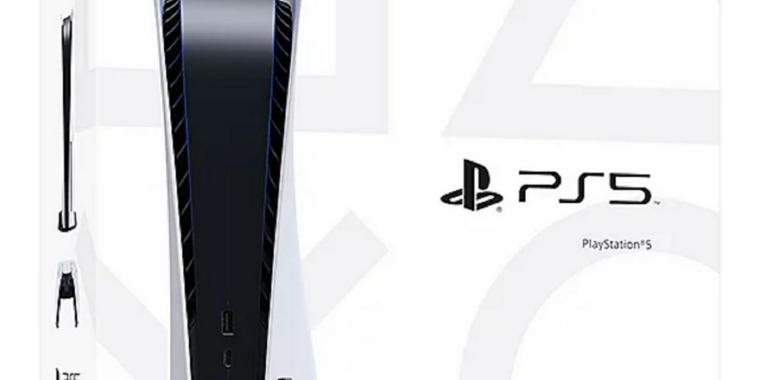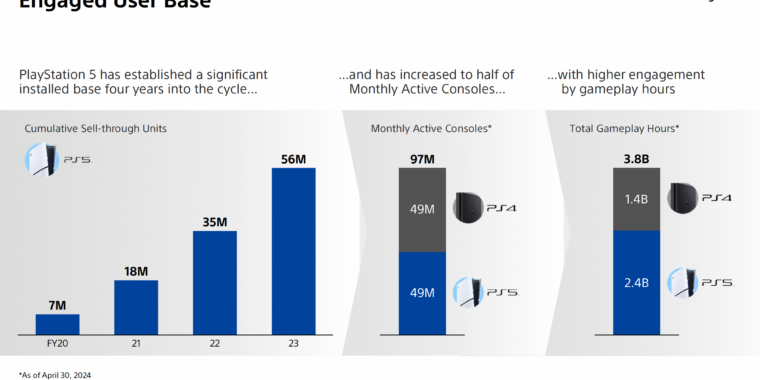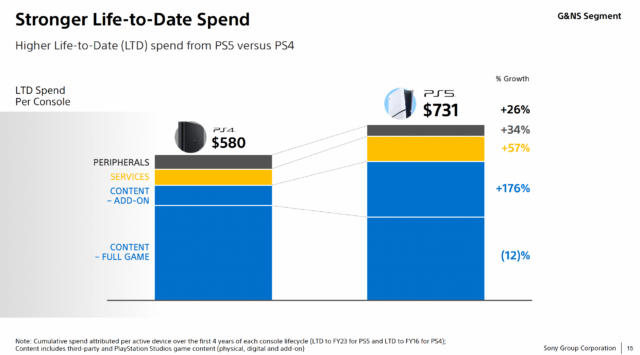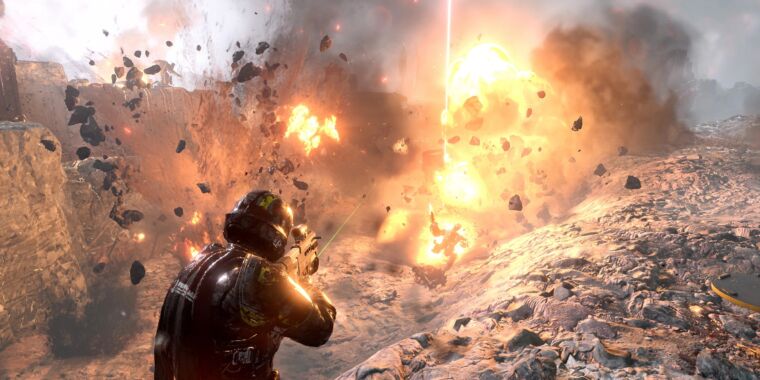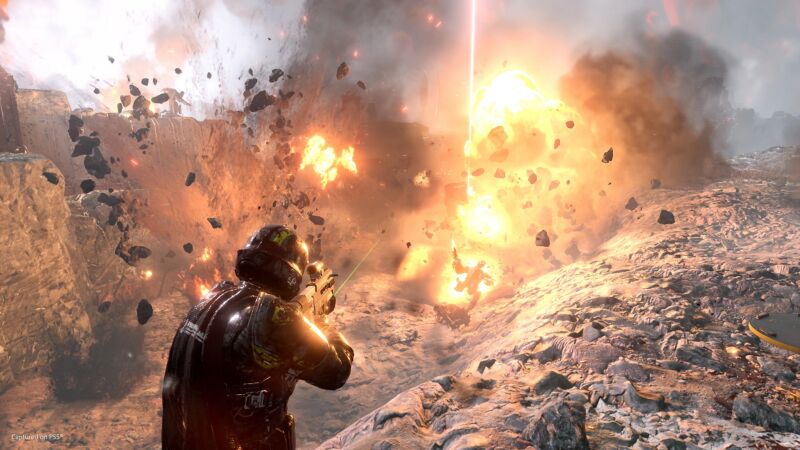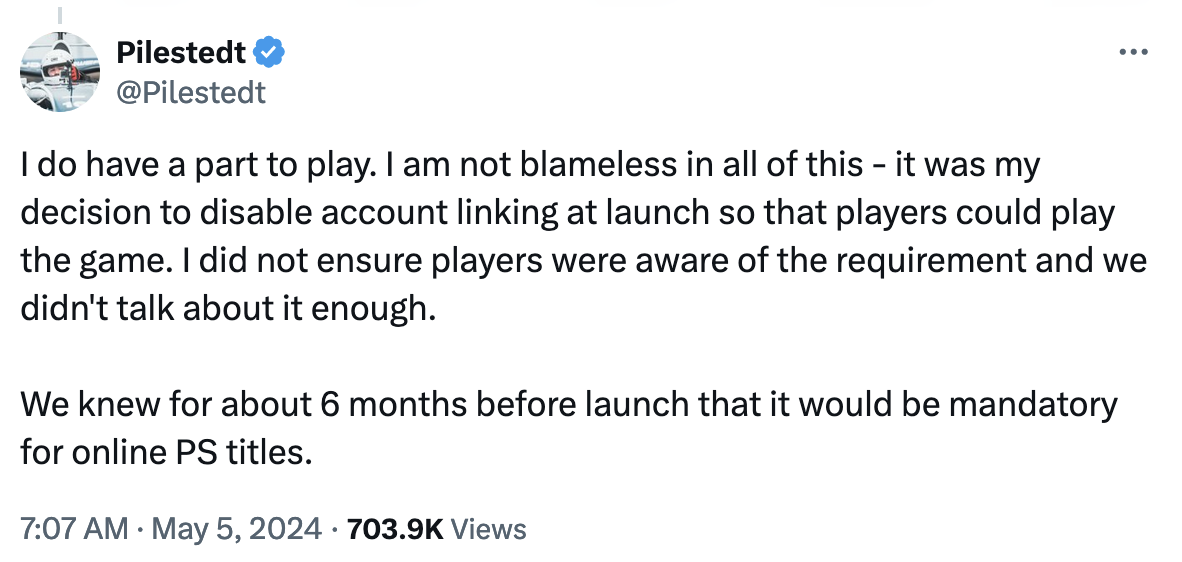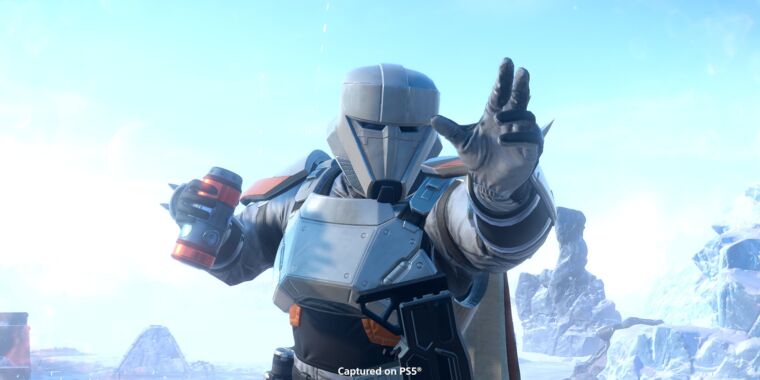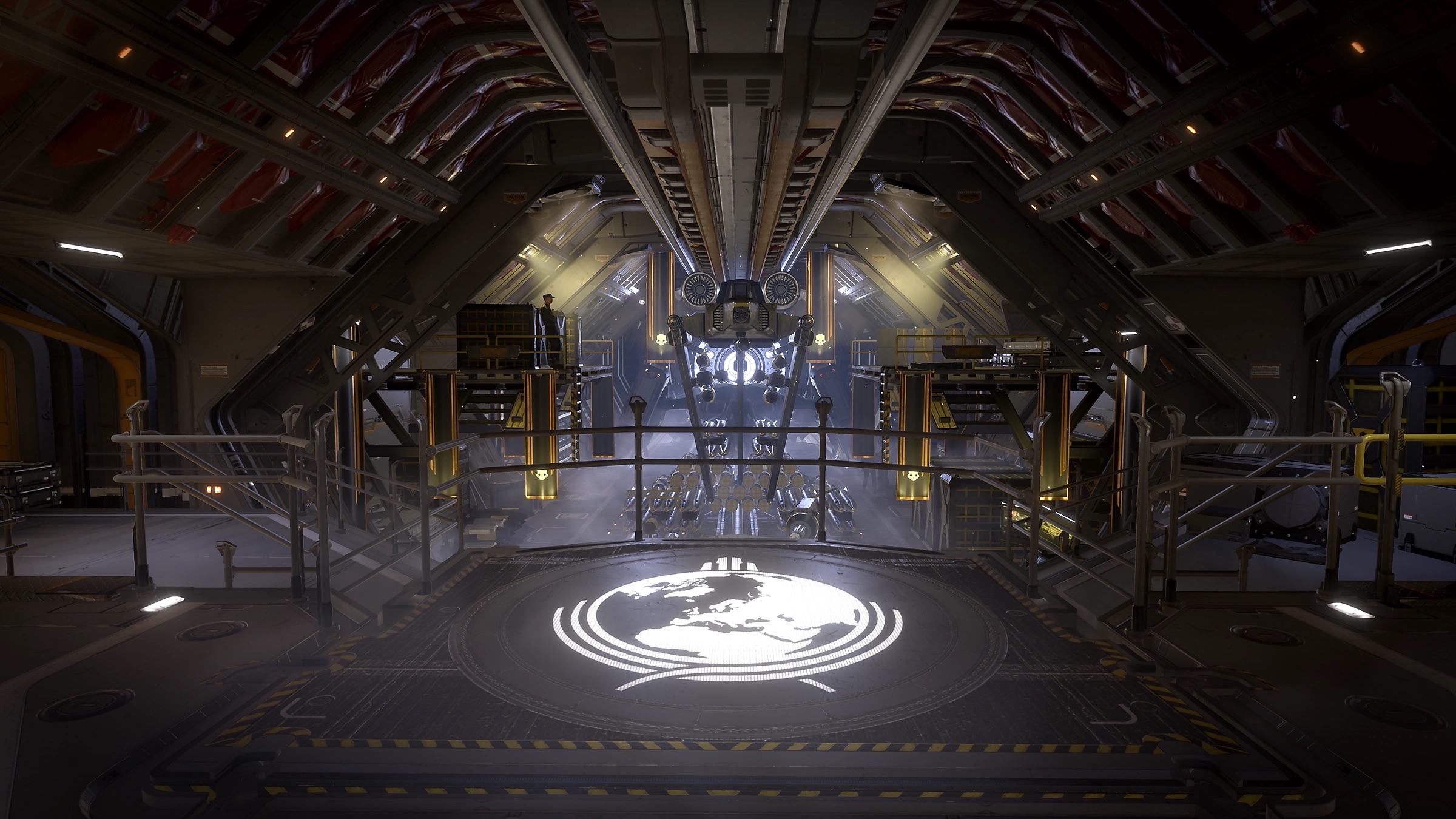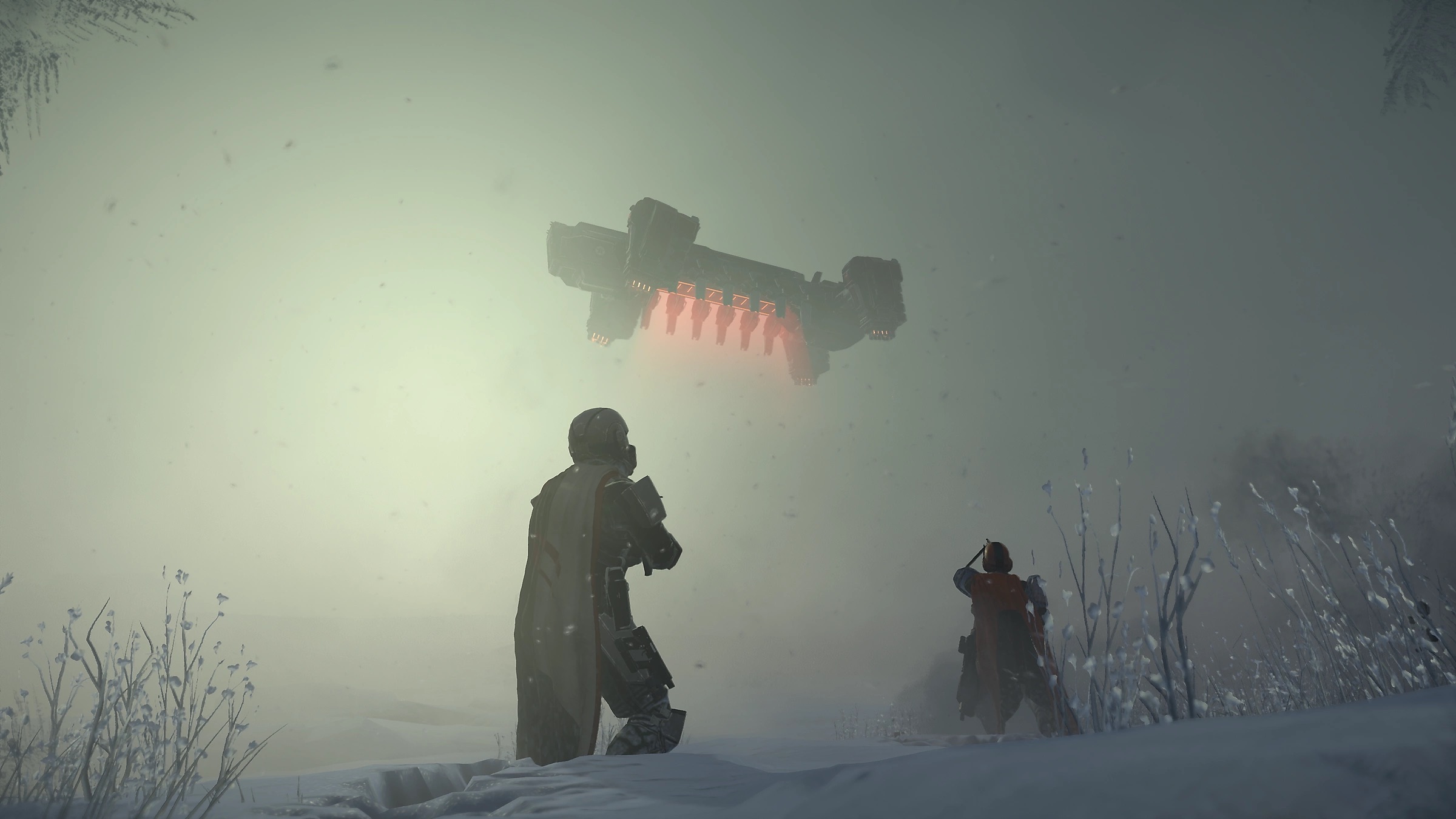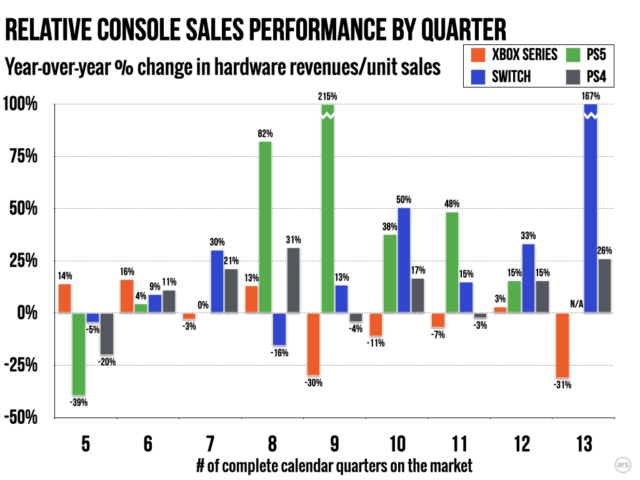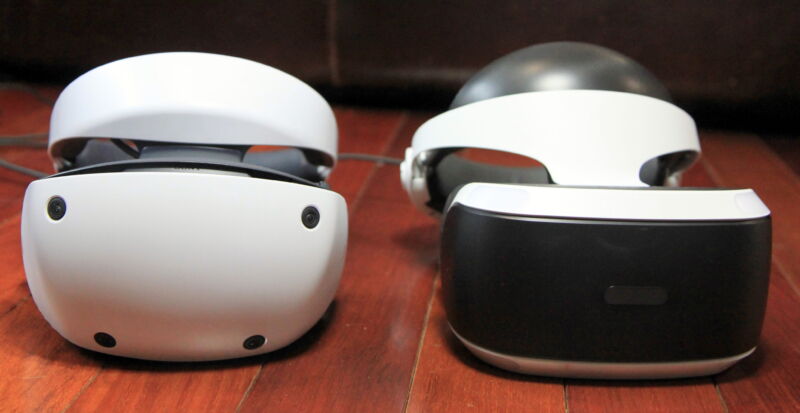Sony removes still-unmet “8K” promise from PS5 packaging
8K? We never said 8K! —
Move could presage an expected resolution bump in the rumored PS5 Pro.
-
The new PS5 packaging, as seen on the PlayStation Direct online store, is missing the “8K” label in the corner.
-
The original PS5 packaging with the 8K label, as still seen on the GameStop website.
When we first received our PlayStation 5 review unit from Sony in 2020, we reacted with some bemusement to the “8K” logo on the box and its implied promise of full 7630×4320 resolution output. We then promptly forgot all about it since native 8K content and 8K compatible TVs have remained a relative curiosity thus far in the PS5’s lifespan.
But on Wednesday, Digital Foundry’s John Linneman discovered that Sony has quietly removed that longstanding 8K label from the PS5 box. The ultra-high-resolution promise no longer appears on the packaging shown on Sony’s official PlayStation Direct store, a change that appears to have happened between late January and mid-February, according to Internet Archive captures of the store page (the old “8K” box can still be seen at other online retailers, though).
A promise deferred
This packaging change has been a long time coming since the PS5 hasn’t technically been living up to its 8K promise for years now. While Sony’s Mark Cerny mentioned the then-upcoming hardware’s 8K support in a 2019 interview, the system eventually launched with a pretty big “coming soon” caveat for that feature. “PS5 is compatible with 8K displays at launch, and after a future system software update will be able to output resolutions up to 8K when content is available, with supported software,” the company said in an FAQ surrounding the console’s 2020 launch.
Well over three years later, that 8K-enabling software update has yet to appear, meaning the console’s technical ability to push 8K graphics is still a practical impossibility for users. Until Sony’s long-promised software patch hits, even PS5 games that render frames internally at a full 8K resolution are still pushing out a downscaled 4K framebuffer through that HDMI 2.1 cable.
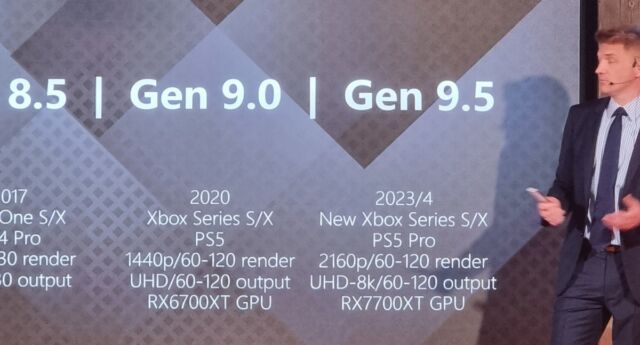
Enlarge / A slide from TV manufacturer TCL guesses at some details for the next micro-generation of high-end game consoles.
At this point, though, there’s some reason to expect that the promised patch may never come to the standard PS5. At the moment, the ever-churning rumor mill is expecting an impending mid-generation PS5 Pro upgrade that could offer true, native 8K resolution support right out of the box. If that comes to pass, removing the outdated “8K” promise from the original PS5 packaging could be a subtle way to highlight the additional power of the upcoming “Pro” upgrade.

Enlarge / A slight majority of participants in a double-blind study saw no discernible difference between a 4K and 8K image video clips.
So will console gamers be missing out if they don’t upgrade to an 8K-compatible display? Probably not, as studies show extremely diminishing returns in the perceived quality jump from 4K to 8K visual content for most users and living room setups. Unless you are sitting extremely close to an extremely large display, it’s pretty unlikely you’ll even be able to tell the difference.
Sony removes still-unmet “8K” promise from PS5 packaging Read More »
